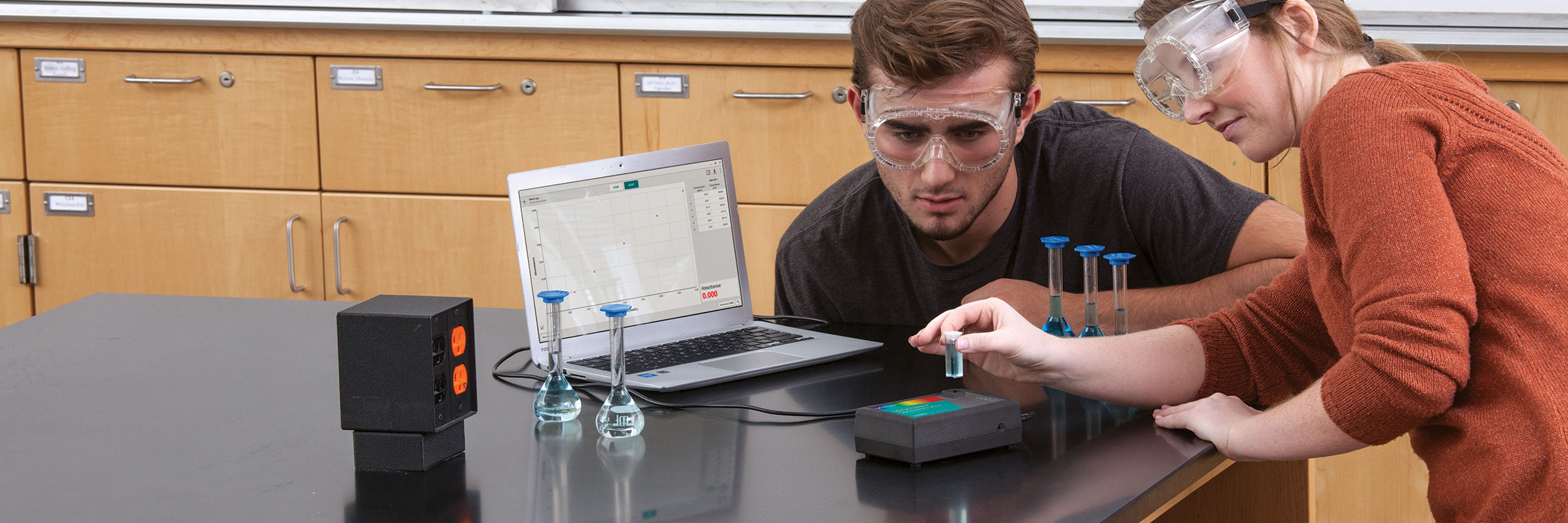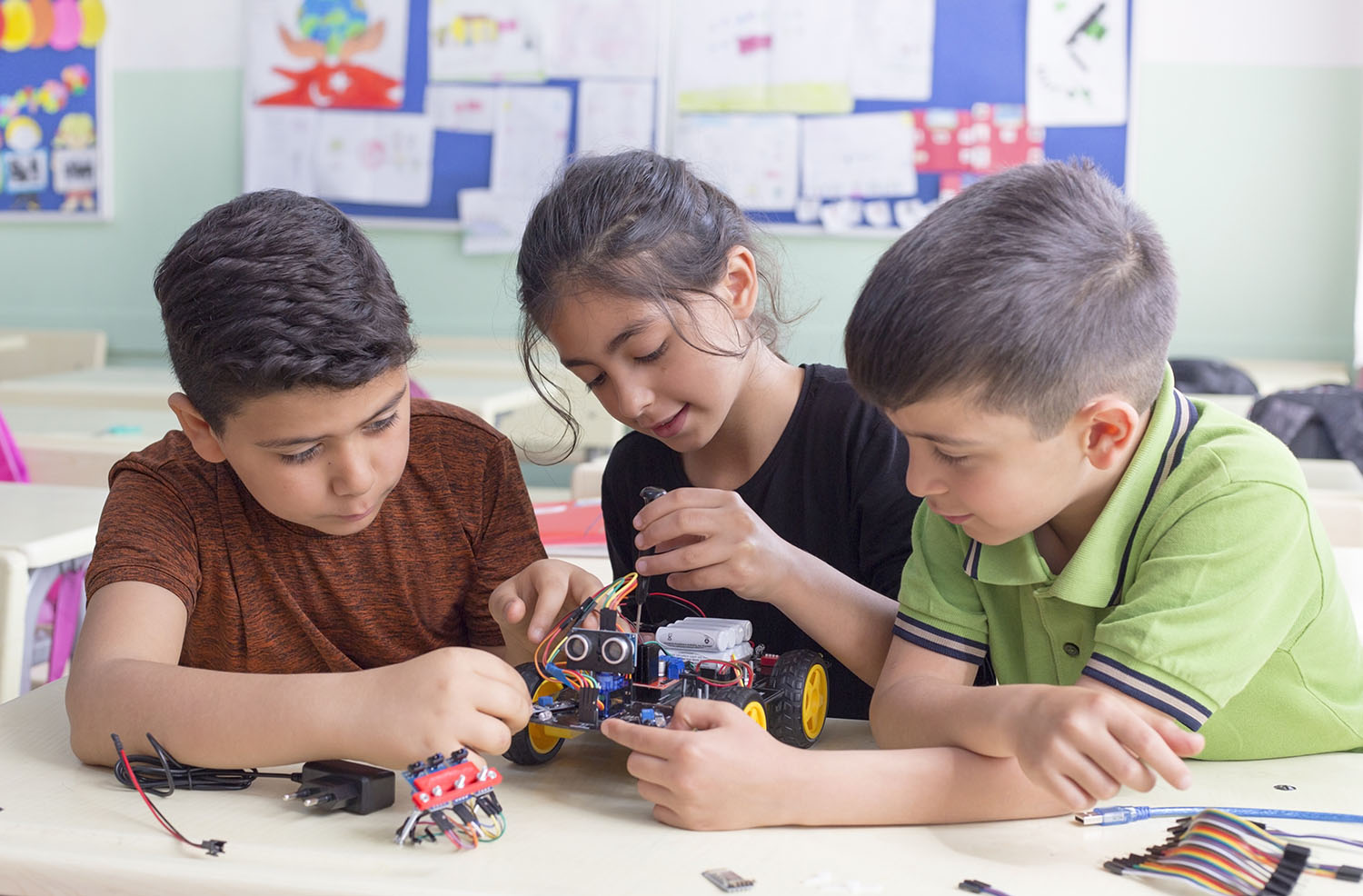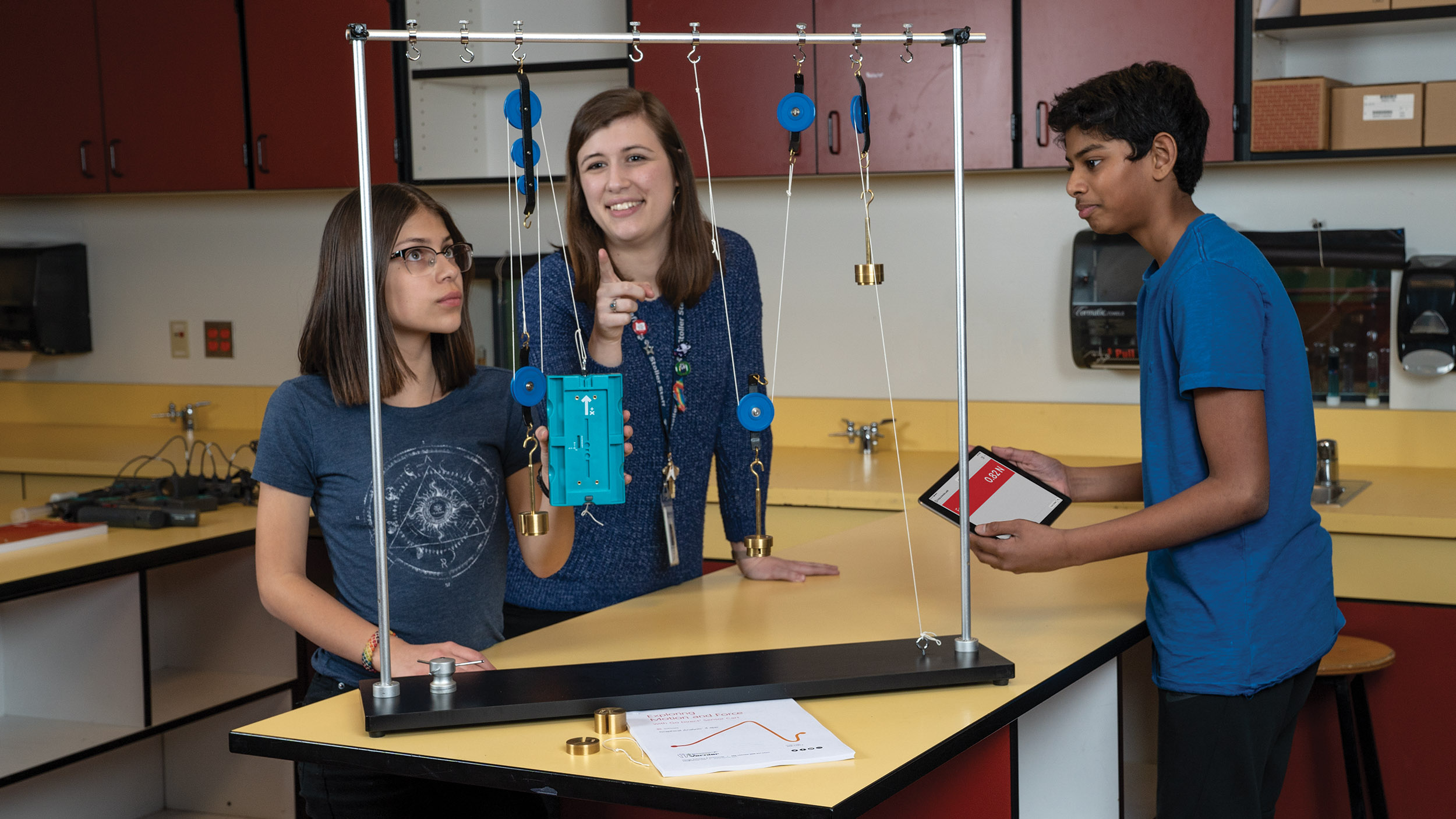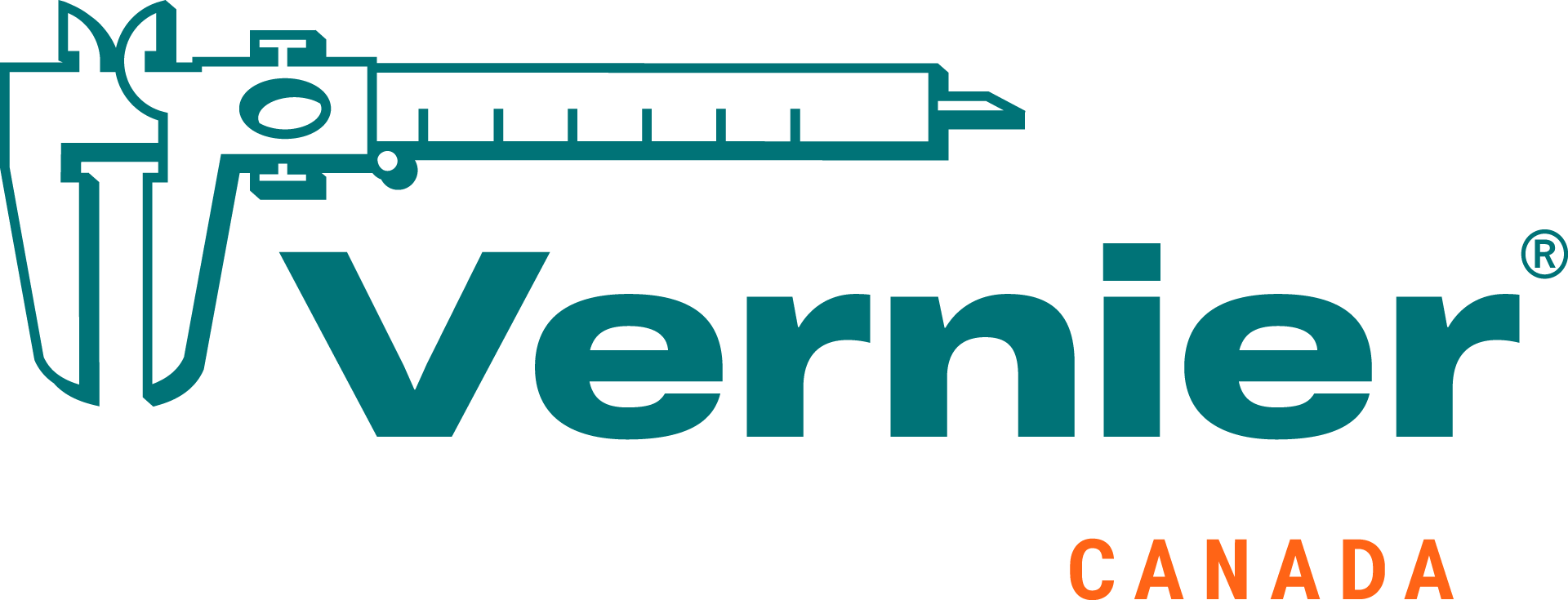Educational Standards
See Vernier Correlations to Standards
Vernier understands that helping students meet standards is an important part of today’s teaching. As standards change, we are committed to providing you with the most current information. Explore our correlations below.

Advanced Placement (AP)
Advanced Placement (AP) programs of study encourage or require students to perform experiments that reflect the breadth and depth of the syllabus. Many of the AP objectives can be covered using experiments and investigations from Vernier lab books.

International Baccalaureate (IB)
International Baccalaureate (IB) programs of study encourage or require students to perform experiments that reflect the breadth and depth of the syllabus. Many of the IB topics can be covered using experiments and investigations from Vernier lab books.

Computer Science Teachers Association (CSTA) K–12 Computer Science Standards
The Computer Science Teachers Association (CSTA) K–12 Computer Science Standards is a set of learning objectives that aim to provide the foundation around which educators can design a computer science curriculum.

Next Generation Science Standards (NGSS)
Vernier lab books encourage students to investigate natural phenomena and solve real-world problems that closely align with the eight science and engineering practices identified in the Next Generation Science Standards* (NGSS).

Three-Dimensional Approach
In the three-dimensional learning approach, students need to understand critical scientific concepts, use them to solve problems, and understand how they connect to the real world.

Classic Approach
For some, a more classic approach to instruction is a better fit for your students, teaching style, and resources. In a classic approach, students follow detailed directions to conduct an experiment or investigate a specific science concept, topic, or law.
